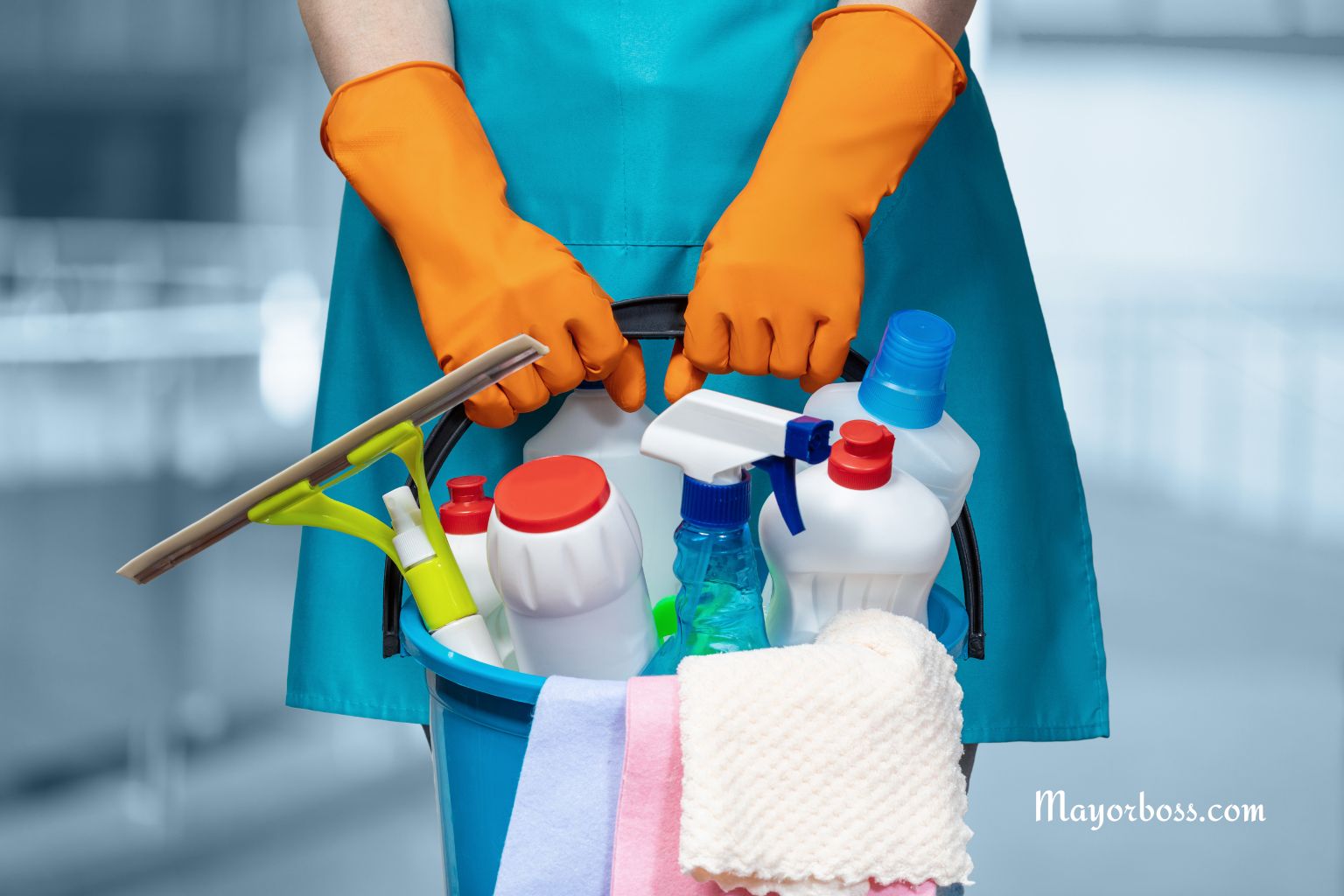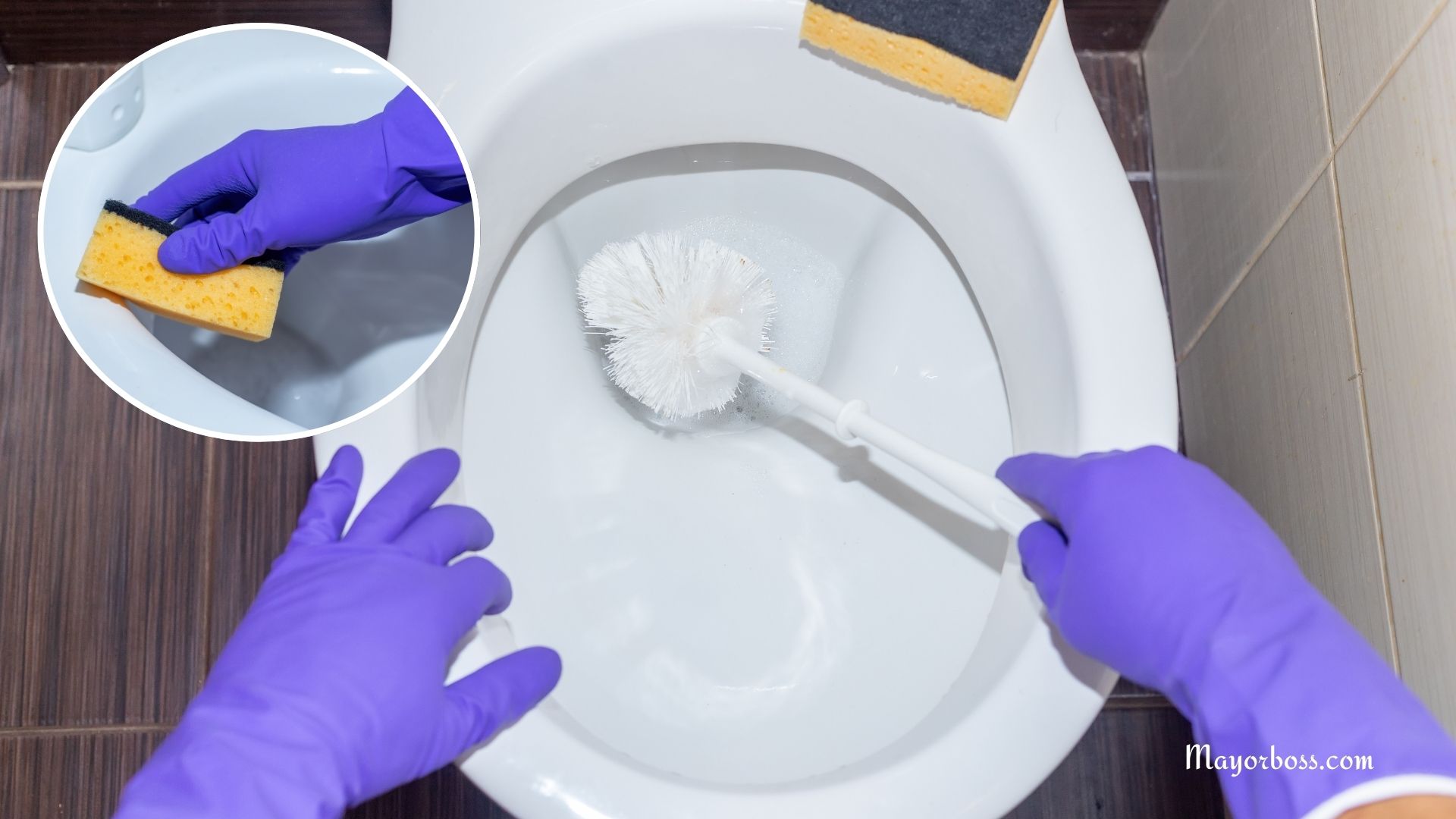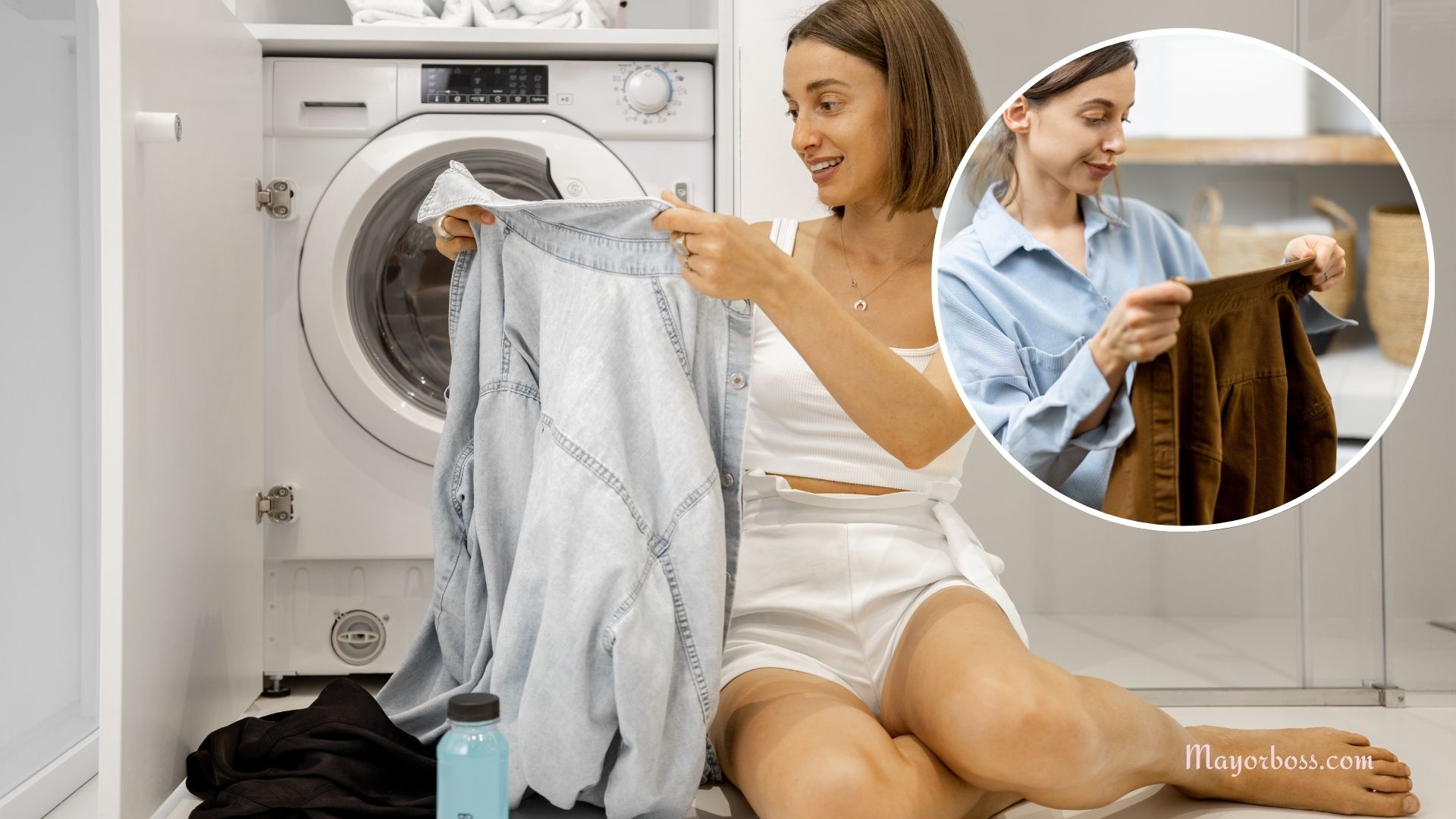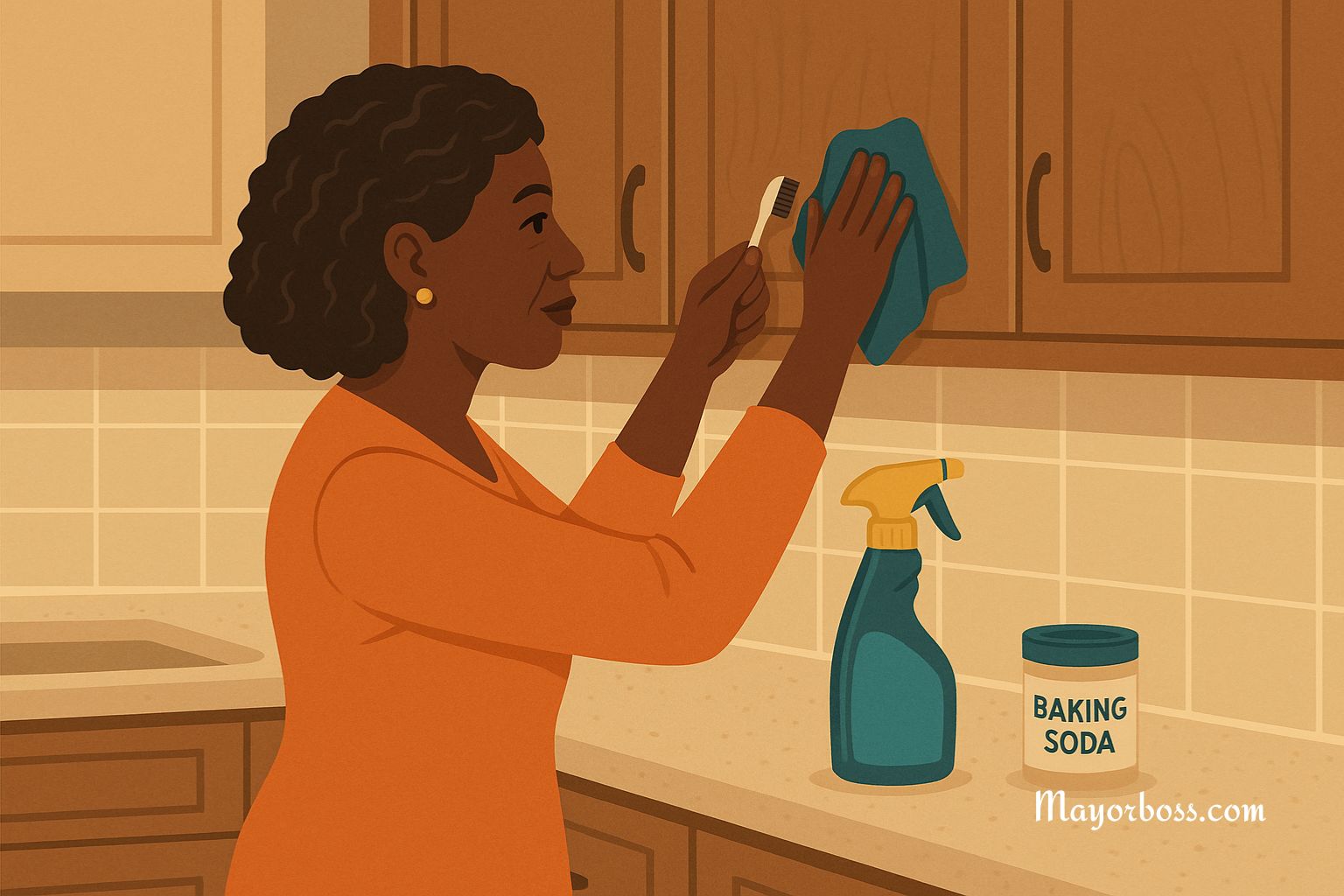13 Things You Should Always Buy at the Thrift Store
I love a clean, healthy home. I also love value. Thrift stores can give you both when you know where to look. The key is simple. Choose items that clean well, last a long time, and carry little safety risk. Below, I will guide you through the top picks and how to bring them home with confidence.
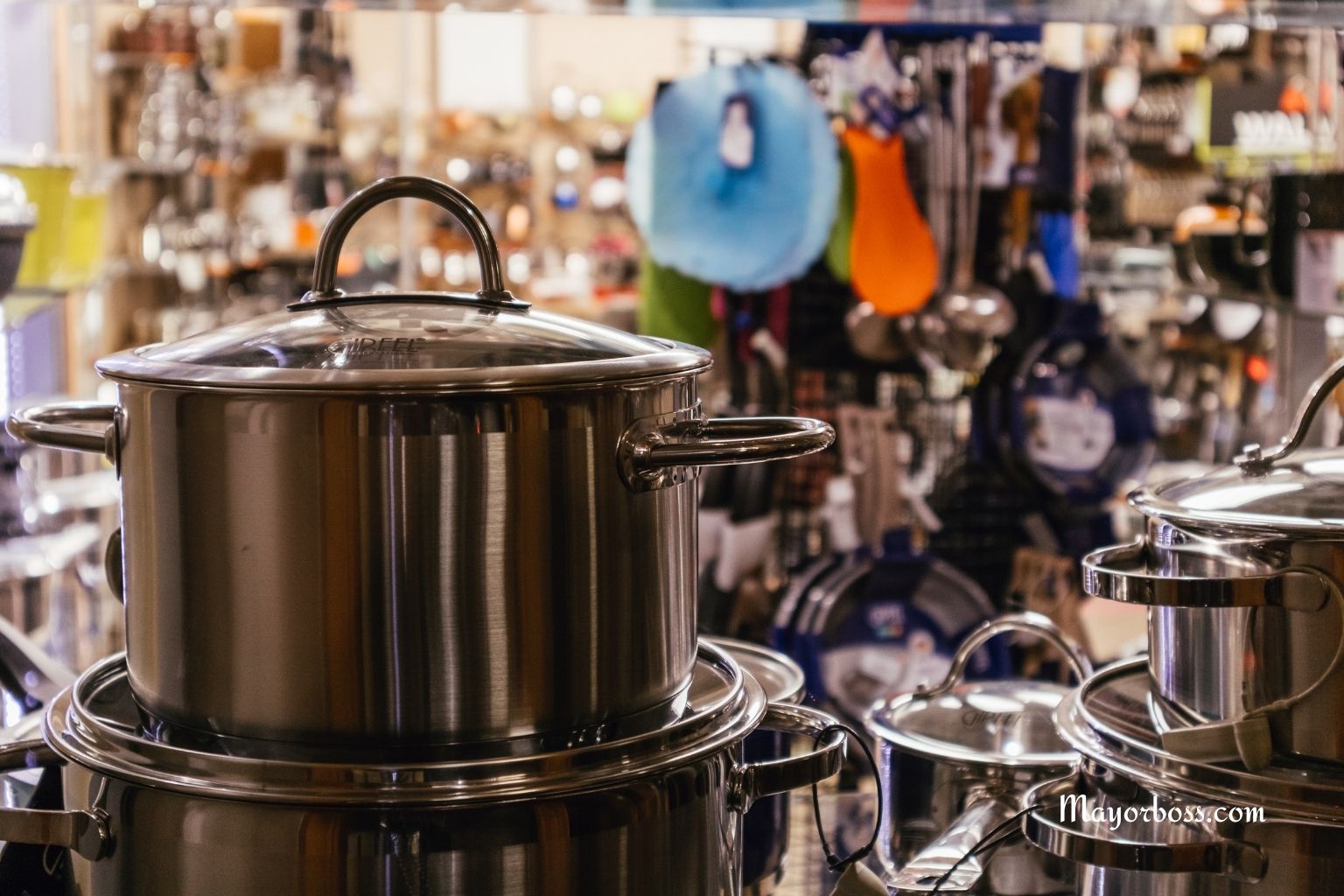
1. Solid wood furniture
Wood tables, chairs, and dressers often outlast new pieces. They handle repair and cleaning well. Check for tight joints, even legs, and smooth drawers. Skip pieces with peeling paint. If the surface is raw or sealed and stable, it is safer to refinish and easier to sanitize. Wipe with soap and water. Let it dry in the sun if possible. A little care turns a thrift find into a family workhorse.
2. Cast iron skillets and cookware
Cast iron is nearly indestructible. Rust looks scary, yet it is fixable. Scrub with steel wool, rinse, dry, then warm the pan and rub on a thin coat of oil. Heat it again to season. Now you have a naturally nonstick pan that can last decades. From a health view, cast iron avoids flaky coatings and cleans with heat, salt, and a stiff brush.
3. Stainless steel pots and mixing bowls
Stainless steel cleans well, resists stains, and handles high heat. Look for heavy bottoms and firm handles. Small dings are fine. Deep pits are not. Wash with hot, soapy water. Boil water in a pot after purchase to lift any residue. With simple care, these pieces serve you for years and support safe food prep.
4. Glassware, jars, and everyday dishes
Glass and plain ceramic clean thoroughly and do not hold odors. Inspect rims for chips and cracks. At home, run a hot wash and a high heat dry cycle. For lids and gaskets, replace them with new ones if worn. Mason jars and sturdy glasses work for storage, meal prep, and table use. Clear glass also helps you see cleanliness at a glance.
5. Picture frames and art frames
Frames at thrift stores cost a fraction of retail. Focus on solid wood or metal. Test the joints for wobble. Replace the backing and add fresh hardware if needed. A quick clean of the glass, new matting, and you have a custom look for pennies. Frames are simple to sanitize, which keeps the process low-risk for the home.
6. Mirrors
A good mirror changes a room. Choose mirrors with secure backing and no sharp edges. Hold it at an angle to check for warping. Clean with glass cleaner or a vinegar solution, then dry well. A firm hanging point is essential. Done right, you gain more light and a larger feel in your space without a large price.
7. Baskets and storage bins
Quality baskets, metal bins, and clear containers help you stay organized. Inspect for broken weaves or sharp wires. Wipe down with warm, soapy water and let them dry completely. Use them for pantry items, toys, towels, or laundry supplies. Organization reduces clutter, dust, and stress, which supports daily well-being.
8. Books, especially hardcovers
Hardcover books survive time better than paperbacks. Check spines and pages. Avoid musty odors. At home, dust the edges, then leave books in a dry, airy spot. Reading lowers stress and sharpens focus. Building a home library from thrift finds keeps minds engaged without straining the wallet.
9. Board games and puzzles
Family play builds connection and calm. Open the box and count key pieces. Minor wear is fine. Wipe plastic parts. For cardboard, use a dry cloth. Air out the box before storage. A clean, complete game offers screen-free fun and supports social health, which every household needs.
10. Free weights and metal workout gear
Dumbbells, kettlebells, and weight plates are excellent thrift buys. Metal is easy to clean. Wipe with soap and water, dry well, then store off damp floors. Avoid cracked vinyl coatings. Skip resistance bands if they look worn. With simple cleaning, you can set up a safe, low-cost home workout corner that supports heart health, bone strength, and mood.
11. Coats, jackets, and outerwear
Outerwear costs a lot when new. At a thrift store, you can find wool coats, puffer jackets, and rain shells at a steep discount. Inspect zippers, seams, and lining. Wash according to the tag or use a reputable cleaner. For most items, a hot dryer cycle helps with hygiene. Choose neutral colors that match many outfits to stretch your wardrobe.
12. Kids clothes
Children grow fast. Gently used clothes help you keep up. Check for sturdy seams and soft fabric. Wash in hot water if the tag allows, then dry on high heat. Avoid heavy wear, loose cords, or drawstrings that catch. With clean, comfy layers on hand, mornings run smoother and your budget breathes.
13. Seasonal and holiday decor
Ornaments, wreaths, candle holders, and table settings show up in excellent shape after a season of light use. Inspect for loose wires, chipped pieces, or worn cords. Wipe items clean and store in sealed bins. You can refresh your home for each season without overspending or creating clutter.
How to shop smart and stay safe
A few habits protect your home and health. First, inspect seams, corners, and undersides for signs of insects. For textiles, wash on the warmest safe setting and dry on high heat. Heat helps with hygiene. For hard goods, use hot, soapy water and a clean cloth. Let items dry completely before use or storage. When in doubt, leave it on the shelf. There will always be another find.
Quality checklist you can use in the aisle
Pause, then run through this quick check. Does it clean well with soap, water, or heat? Is it sturdy and complete? Will it serve a daily need? Can you repair it with simple tools? If the answer is yes, you likely have a keeper. If you feel unsure, take a photo and think for a moment. Clear choices lead to better homes.
Final thoughts
Thrift stores are treasure maps for practical people. Focus on materials that last and items that clean well. Solid wood, glass, stainless steel, and sturdy fabrics rise to the top. With a careful eye and a simple cleaning routine, you can furnish a beautiful, healthy home while saving money for the things that matter most to you.
FAQs
What should I avoid at the thrift store?
Skip items that are hard to sanitize or have safety concerns, such as cracked nonstick pans, old pillows, or damaged electrical goods.
How do I clean thrifted clothes safely?
Wash on the warmest safe setting, use detergent, then dry on high heat. For delicate items, follow the care tag and dry fully.
Is upholstered furniture safe to thrift?
It is harder to inspect and clean. If you choose it, check seams closely, smell for mustiness, and consider professional cleaning.
How do I check cookware quality?
Look for solid weight, firm handles, and smooth cooking surfaces. Avoid deep pits or peeling coatings.
What is the best day to thrift?
Go when new stock hits the floor at your local store. Ask staff when they restock to catch the best selection.

